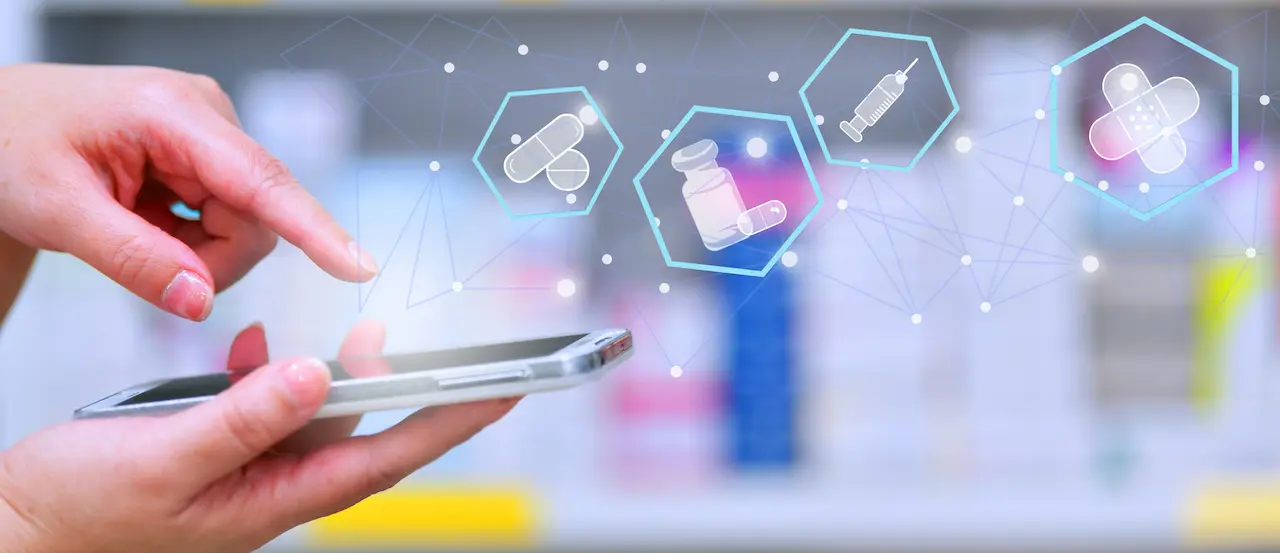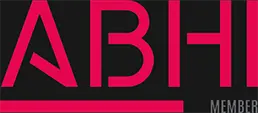The healthcare and life sciences industries are changing rapidly, with medical apps revolutionising everything from patient care to clinical decision-making. If you’re a start-up founder, health-tech innovator, or a university spinout exploring medical app development, this guide is here to help you tackle the journey. We’ll cover each key stage – from that first spark of an idea right through to launch, keeping compliance front and centre to ensure everything’s above board.
1. Ideation and Market Research
Every successful healthcare app starts with a solid idea, but a good idea alone won’t cut it. You’ll need research, and good quality data to make sure your app has a genuine purpose. Start by defining the exact problem you want your app to solve. Is it designed to support healthcare professionals in clinical settings, or perhaps to assist patients in managing a chronic condition? Getting specific here makes all the difference.
What to Do:
- Identify the Problem: What healthcare gap will your app bridge? Imagine how it could improve someone’s day-to-day life, whether that’s a busy doctor on the wards or a patient keeping track of their health from home.
- Validate the Market: Reach out to people who might actually use your app – doctors, nurses, patients. Real conversations often uncover insights that data alone can’t provide. What challenges do they face? What would make a difference to them?
- Check Out the Competition: Take a good look at what’s already available. This will help you identify any gaps and find ways to make your app stand out. What’s the one thing your app could do better than others?
- Clarify Your Value Proposition: Sum up what makes your app unique in a sentence or two. This is your “why” – why someone would choose your solution over others.
2. Understanding Regulatory Requirements and Compliance
Medical apps are powerful tools, but they come with significant regulatory requirements, especially if they qualify as Software as a Medical Device (SaMD). In the UK, you’ll need to work with the Medicines and Healthcare products Regulatory Agency (MHRA); in the US, it’s the Food and Drug Administration (FDA). Sorting out compliance early can save you from unexpected issues down the line.
What to Do:
- Classify Your App: This is an essential first step. Is your app considered a medical device? This will shape the regulatory pathway you’ll need to follow, so getting clarity here is key.
- Get Your Documentation in Order: Compliance documentation (like risk assessments and clinical evidence) is essential, both for regulatory approval and to build credibility with users. The more thorough you are now, the smoother things will be later.
- Ask the Experts: If you’re unfamiliar with medical device regulations, it’s well worth consulting a regulatory expert. They can help you avoid pitfalls that are easy to miss on your own.
- Ensure Data Privacy: Compliance with data protection laws like GDPR isn’t just mandatory – it’s crucial for building user trust. Strong data encryption and clear privacy policies will show users you take their privacy seriously.
3. Designing for User Engagement and Retention
The design phase is where your app begins to take shape, and for a healthcare app, creating an intuitive and engaging user experience is essential. HCPs are often under time pressure, and patients may not be particularly tech-savvy, so the interface needs to be both accessible and effective.
What to Do:
- User-Centred Design: Think carefully about each group’s needs. User personas and journey maps can help make their experiences tangible. Always ask: How can I make this app as straightforward and helpful as possible?
- Prototype and Get Feedback: Build prototypes early and share them with real users to gather feedback. Tools like Figma are ideal for creating interactive mock-ups, and users can often highlight issues you may not have considered.
- Retain Users: Build features that keep people coming back, whether that’s medication reminders, personalised health tips, or relevant educational content. The aim is to make your app a trusted daily tool.
- Prioritise Accessibility: Accessibility is vital if you want to reach all potential users. Following WCAG guidelines is a good foundation, but also think about practical elements like colour contrast and font readability.
4. Choosing a Development Methodology: Agile or Waterfall?
The development approach you take can shape both the timeline and adaptability of your app. Agile and Waterfall each have their strengths, so think carefully about which best fits your project’s needs.
What to Do:
- Agile Development: Agile’s iterative nature makes it great for projects with evolving requirements. It allows flexibility to respond to feedback as you go along, which is ideal for most healthcare apps.
- Waterfall Development: If your requirements are fixed from the start, Waterfall can work well, though it’s less adaptable than Agile. Consider the trade-offs here – if you need to pivot later, Waterfall can make that challenging.
- Continuous Integration and Testing: Using continuous integration (CI) helps you identify issues early and maintain code quality, which is crucial for healthcare applications.
5. Testing, Validation, and Deployment
When it comes to medical apps, testing is more than a formality. You’re ensuring the app works reliably and, most importantly, safely, particularly if it could impact clinical decision-making or patient outcomes.
What to Do:
- Functional Testing: Test each feature rigorously. Automated tools like Selenium can be helpful, but hands-on testing is also essential for spotting the finer details.
- Clinical Validation: If the app is to be used clinically, conducting trials to validate its accuracy and safety is vital. Partnering with healthcare organisations for pilot testing can give your app an added layer of credibility.
- User Acceptance Testing (UAT): Involve real users—HCPs and patients in testing. They’ll spot usability issues that developers may overlook, helping ensure the app works smoothly for end-users.
- Security Testing: Medical apps handle sensitive data, so security is paramount. Penetration testing can reveal vulnerabilities and strengthen your app’s defences.
6. Onboarding and Promotion
Building the app is just the beginning. You need people to know about it and, once they’ve downloaded it, to keep coming back. A strong onboarding and promotion strategy is key to both.
What to Do:
- Create a Landing Page: A dedicated website or landing page should explain your app’s benefits in clear terms, with visuals that give users a taste of what it offers.
- SEO and Content Marketing: Make sure your landing page is search-engine optimised, and use content marketing to drive traffic and build credibility. This could include blog posts, case studies, or whitepapers.
- App Store Optimisation (ASO): In the App Store or Google Play, your app’s title, description, and keywords need to be well thought-out. Good visuals and positive reviews also make a strong first impression.
- User Onboarding: Keep onboarding short and helpful. A quick tutorial can help new users get comfortable, and this first experience is crucial for retention.
Bringing It All Together
Developing a medical app can be a complex journey, but if you plan carefully, design with users in mind, and keep compliance as a priority, you’ll be well-positioned for success. Remember, effective onboarding and a clear promotional strategy are just as important as getting the technical details right.
Need a Guide on Your Medical App Journey?
At Genetic Digital, we have the know-how to guide you every step of the way. Let’s work together to create an app that makes a real difference in healthcare. Get in touch with us today!



